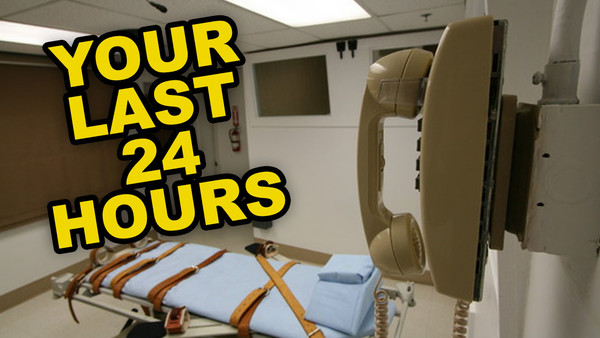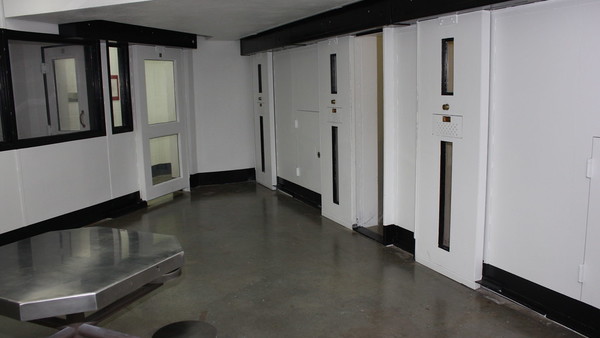What Really Happens In Your Last 24 Hours On Death Row?
Hopefully, you'll never have to learn what happens during your last 24 hours on death row.

Death Row is a contentious topic, and while many people oppose or support it, it's still a part of the criminal justice system in more countries than it isn't. Nations like the United States have employed capital punishment for serious crimes since its inception, but there are states that no longer do it, and there was an extended moratorium on the practice.
Other countries have little to no problem killing off its citizens when they cross the line, and while each country is different, there are some that follow a strict series of protocols for the condemned's last day on Earth.
Since it's a formal process that's well-documented, the United State's use of capital punishment is the easiest to follow. A convict will go through several steps during their last 24 hours alive, and while they are different depending on which state they are condemned to die in, they all stick to the same general set of rules.
With any luck, you won't have to find out what a day is like for the average person on Death Row, so this article may be your only way of learning what it's like for someone facing lethal injection in the United States of America.
There are numerous methods of execution, and for this article, the most common, lethal injection, will be featured.
10. Movement To The Death Watch Area

When a person reaches their final day on this Earth while on Death Row, they are separated from their usual cell and taken to a new one called the Death Watch Area. This room is often adjacent to the execution chamber, and when a prisoner is moved there, they take all of their belongings with them.
In North Carolina, the Death Watch Area is similar to a normal prison cell, as it has a bed, lavatory commode, and a wall-mounted writing table. There are four cells that sit side-by-side but are open to a dayroom, where the prisoner can sit and watch television and take a shower for up to 15 minutes.
The prisoner's entire day is spent in the Death Watch Area cell, and there is a sergeant and correctional officer stationed on guard just outside the cell for the full 24 hours. This ensures that the prisoner won't take their own life before the state has the chance to do it for them.
During this time, the prisoner comes to terms with their situation, and the next process in their 24-hour-period begins.